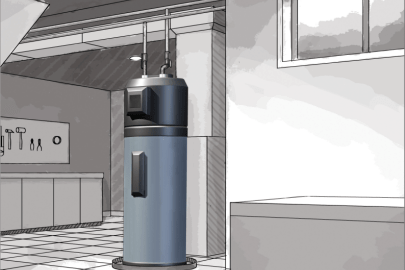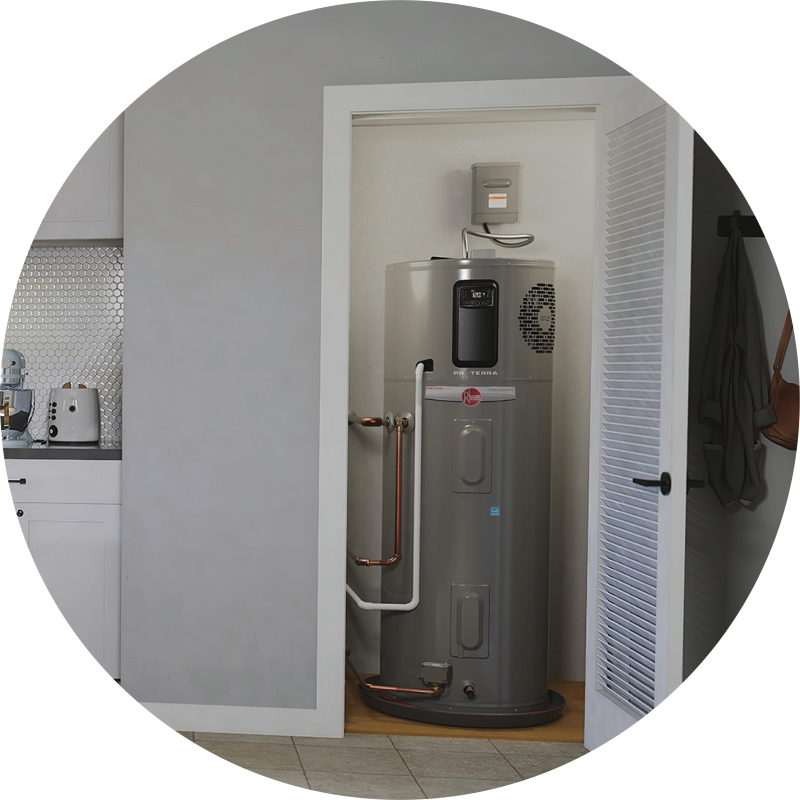Expert Guidance on Caring for Your Home's Hot Water System
Expert Guidance on Caring for Your Home's Hot Water System
Blog Article
This great article below pertaining to How to Maintain a Hot Water Heater in a Few Simple Steps is without a doubt remarkable. You should investigate for yourself.

Hot water is important for day-to-day comfort, whether it's for a revitalizing shower or washing recipes. To ensure your warm water system runs effectively and lasts much longer, regular maintenance is essential. This write-up provides functional ideas and insights on how to preserve your home's hot water system to avoid interruptions and pricey repairs.
Introduction
Keeping your home's hot water system could appear difficult, but with a couple of basic steps, you can ensure it operates efficiently for several years to come. This guide covers whatever from recognizing your warm water system to DIY maintenance ideas and knowing when to call in specialist help.
Value of Maintaining Your Warm Water System
Regular upkeep not just prolongs the lifespan of your warm water system but additionally ensures it runs efficiently. Neglecting upkeep can cause reduced efficiency, greater energy costs, and even premature failing of the system.
Indicators Your Hot Water System Needs Upkeep
Knowing when your warm water system requires interest can prevent major problems. Watch out for indications such as inconsistent water temperature, strange noises from the heating unit, or corroded water.
Understanding Your Warm Water System
Prior to diving into maintenance jobs, it's practical to comprehend the standard elements of your warm water system. Generally, this consists of the hot water heater itself, pipelines, anode poles, and temperature level controls.
Monthly Maintenance Tasks
Regular regular monthly checks can aid capture minor problems prior to they rise.
Flushing the Water Heater
Flushing your water heater gets rid of debris build-up, improving effectiveness and extending its life.
Monitoring and Replacing Anode Rods
Anode rods stop corrosion inside the storage tank. Checking and changing them when worn out is crucial.
Examining and Adjusting Temperature Level Settings
Readjusting the temperature setups makes sure optimum performance and safety.
Do It Yourself Tips for Upkeep
You can perform numerous upkeep jobs yourself to keep your warm water system in leading condition.
Looking for Leakages
On a regular basis examine pipes and links for leaks, as these can result in water damages and greater bills.
Evaluating Pressure Relief Valves
Examining the stress safety valve ensures it works properly and avoids excessive stress build-up.
Shielding Pipelines
Protecting warm water pipes decreases heat loss and can conserve energy.
When to Call an Expert
While DIY upkeep is beneficial, some concerns call for expert competence.
Complex Concerns Calling For Professional Aid
Examples include significant leaks, electrical troubles, or if your water heater is constantly underperforming.
Routine Specialist Maintenance Benefits
Specialist maintenance can consist of complete evaluations, tune-ups, and ensuring conformity with security requirements.
Verdict
Routine upkeep of your home's warm water system is vital for performance, long life, and cost savings. By following these pointers and recognizing when to look for specialist assistance, you can guarantee a reliable supply of warm water without unexpected disturbances.
How to Maintain an Instant Hot Water Heater
Before tinkering with your hot water heater, make sure that it’s not powered on. You also have to turn off the main circuit breaker and shut off the main gas line to prevent accidents. Also turn off the water valves connected to your unit to prevent water from flowing into and out of the appliance. 2. When you’re done, you have to detach the purge valves’ caps. These look like the letter “T†and are situated on either side of the water valves. Doing so will release any pressure that has accumulated inside the valves while at the same time avoid hot water from shooting out and burning your skin. 3. When the purge valves’ caps are removed, you have to connect your hosing lines to the valves. Your unit should have come with three hoses but if it didn’t, you can purchase these things from any hardware or home repair shops. You can also get them from retail stores that sell water heating systems. Read the user’s manual and follow it to complete this task properly. When the hosing lines are connected, open the purge port’s valves. 4. You should never use harsh chemical cleaners or solutions when cleaning your unit. Make use of white vinegar instead. It should be undiluted and you’ll probably use about 2 gallons. 5. Now flush your water heater. This task should probably take about 40 minutes. We can’t give you specific directions for this because the procedure is carried out depending on the type, model and brand of your heater. With that being said, refer to the user’s manual. 6. When you’re done draining the unit, you have to turn off the purge port valves again. Remove the hosing lines that you earlier installed on each of the water valves. Put the valve caps (purge port) back in their respective places and be very careful so as not to damage the rubber discs that are found inside these caps. 7. Now that everything’s back in place, check your user’s manual again to find out how to reactivate your water heating system. 8. Once it is working, turn one of your hot water faucets on just to let air pass through the heater’s water supply pipes. Leave the tap on until water flows smoothly out of it. https://www.orrplumbing.com/blog/2014/september/how-to-maintain-an-instant-hot-water-heater/

I was introduced to that editorial about What Kind of Maintenance Do Water Heaters Need? through a good friend on another web page. Are you aware of another person who is excited about the topic? Feel free to promote it. Kudos for your time. Please come by our blog back soon.
Phone Report this page